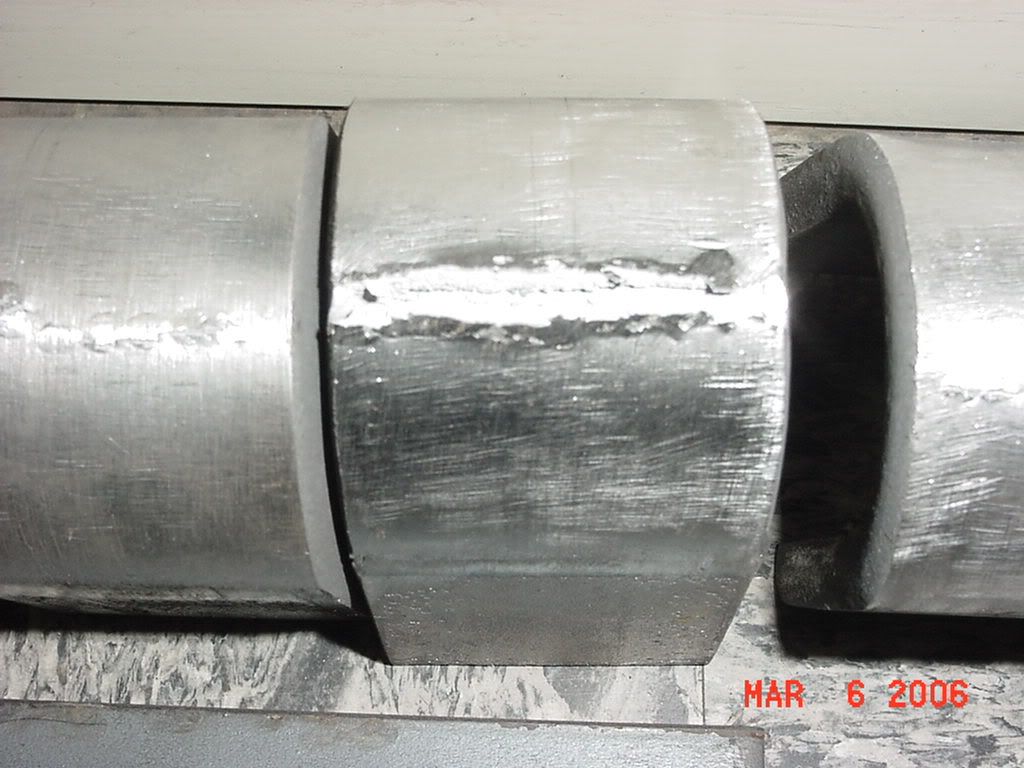OK guys. I, too, am looked at funny for circling arc strikes on our structural steel to have them ground out. I remembered this thread and have planned to perform this little experiment in front of our welders to demonstrate to them what I have been preaching. Well, yesterday we had some arc strikes on our steel and we were very temporarily slow (like for for the next 37 minutes) so I decided to gather up a few welders and perform this demonstration in front of them. I used A36, 3/8" 2" bar stock, dragged a FCAW electrode all the way across 6 of them lined up side by side. Had an arc strike line from one side to the other. Flap wheel sanded 3 of them until most, if not all evidence of strikes was gone. Stuck them in our bender and guess what I saw? Looked just like a regular bend test with a weld on it; no cracks, nothing but what looked like a small, thin weld bead. Now, when I showed that to my welders, they say UH-HUH. Arc strikes really aren't as big a problem as you always make it out to be. I looked like a fool! My camera is out being used on a job site else I would post some pictures. What did you guys do differently?


